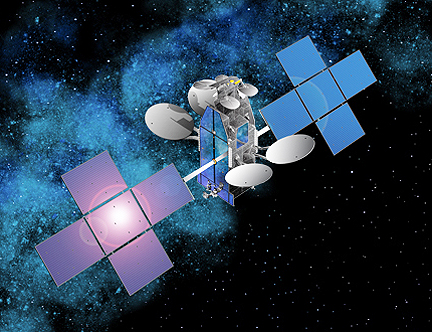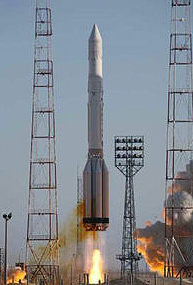October 20th, Baikonur Cosmodrome in Kazakhastan, is the site for the upcoming launch of the ViaSat-1 satellite aboard a Proton M/Breeze M launch vehicle. From Launch Pad 39, the Space Systems/Loral-manufactured 6,740kg satellite will head heavenwards. The craft's total capacity is in excess of 140 Gbps, more than all other communication satellites over North America combined. The all Ka-band spot beam ViaSat-1 is designed to transform the quality of satellite broadband service through a new system design that focuses on maximizing total bandwidth throughput. In this way, the cost per bit is reduced to a fraction of that provided by previous generation satellites, significantly changing the economics and performance of satellite communications. The satellite, to be located at 115 degrees West, will use 72 beams to cover 75 percent of the Continental United States, as well as the most populated areas of Alaska, Hawaii, and Canada. ViaSat-1 has an anticipated service life of 15 years.

Artistic rendition of the ViaSat-1 satellite, courtesy of SS/L

A Proton-M launch vehicle takes off...

